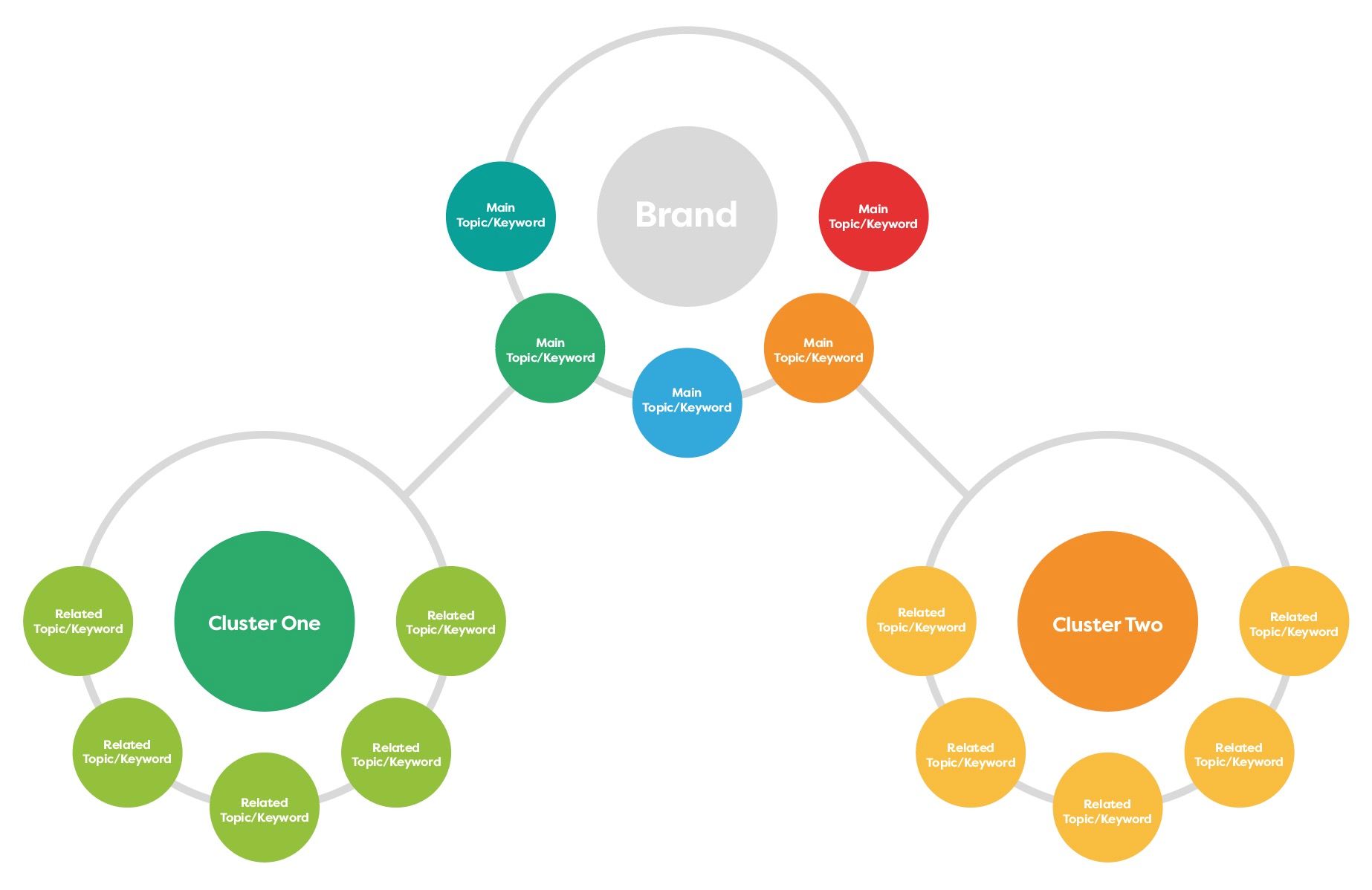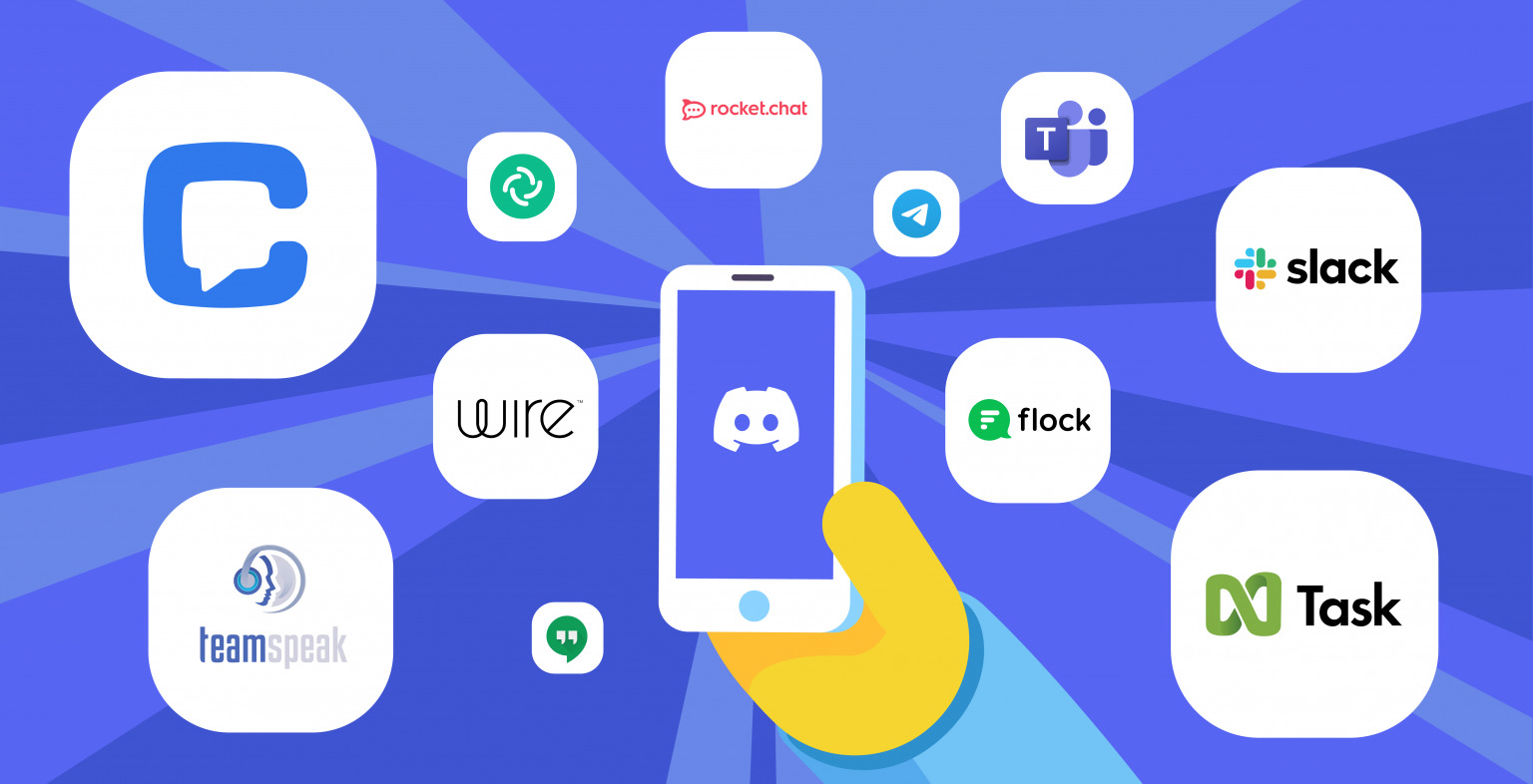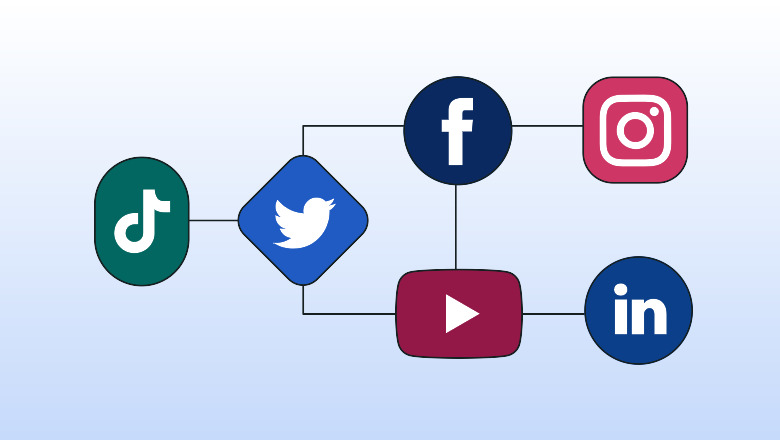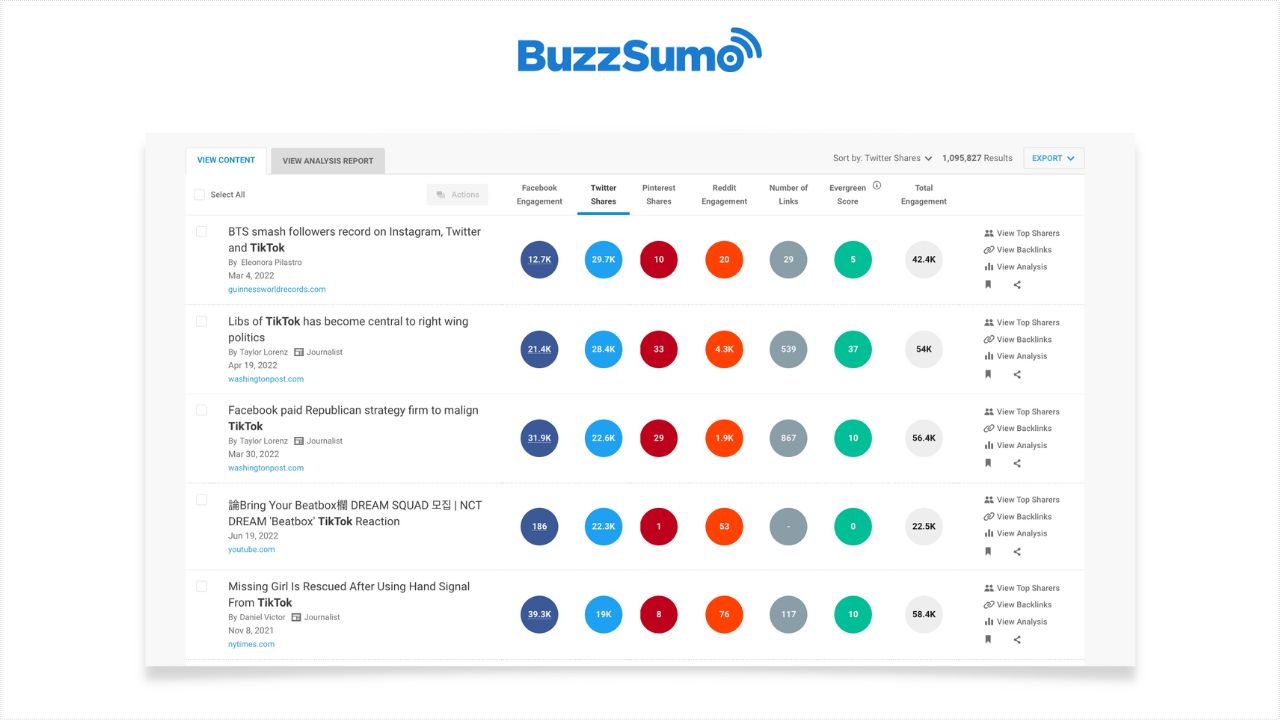
Published: Nov 30, 2024
How to Create Engaging Small Business Content in 2025: A No-BS Guide
How to Create Engaging Small Business Content in 2025: A No-BS Guide
I’ve been in the content game long enough to know that creating engaging small business content isn’t just about throwing words on a page. It’s about making your audience sit up, take notice, and maybe even spit out their coffee with laughter. And let me tell you, in 2025, the content landscape is wilder than ever. But don’t worry, I’ve got your back!
TLDR:What's the secret sauce for creating engaging small business content in 2025?
1️⃣ What types of content are most effective for small businesses in 2025?
In 2025, video content reigns supreme, with short-form videos and live streams leading the pack. Interactive content like quizzes and polls are also hot, while AI-generated personalized content is becoming increasingly popular. Don’t forget about good old-fashioned blogs and podcasts - they’re still kicking!
2️⃣ How can small businesses create content that stands out in a crowded digital space?
To stand out, focus on authenticity and storytelling. Use your unique brand voice, share behind-the-scenes content, and don’t be afraid to show your personality. Leverage user-generated content and collaborate with micro-influencers in your niche. Remember, in 2025, consumers crave real connections more than ever.
3️⃣ What tools and technologies are essential for creating engaging content in 2025?
AI-powered content creation tools are a must-have in 2025. Video editing software with AR capabilities, smart content schedulers, and advanced analytics tools are also essential. Don’t forget about AI chatbots for personalized content delivery and virtual reality tools for immersive experiences.
Table of Contents
- Creating Content That Stands Out
- Measuring Content Success in 2025
- Understanding Your Audience in 2025
- Top Content Types for Small Businesses in 2025
- Future-Proofing Your Content Strategy
- Essential Tools and Technologies for Content Creation in 2025
Creating Content That Stands Out
Let’s face it, the internet’s jam-packed with content these days. So how do you make your small business stand out in this digital avalanche? I’ve got some tricks up my sleeve that’ll help you cut through the noise and grab your audience’s attention.
Developing Your Brand Voice
First things first, you need to nail down your brand voice. This isn’t just about slapping a logo on your content and calling it a day. It’s about infusing your personality into everything you create.
- Be authentic: Don’t try to sound like Apple if you’re a local bakery. Your customers want to hear from you, not some corporate robot.
- Consistency is key: Use the same tone across all your platforms. If you’re quirky on Instagram, don’t suddenly go formal on your blog.
- Know your audience: Tailor your voice to the people you’re trying to reach. If you’re targeting Gen Z, you might want to brush up on the latest slang (but please, for the love of all that’s holy, don’t overdo it).
Storytelling Techniques
People love a good story. It’s hardwired into our brains. So why not use that to your advantage?
Hero’s Journey
 This classic storytelling structure can work wonders for your brand. Cast your customer as the hero and your product as the magical tool that helps them overcome challenges.
This classic storytelling structure can work wonders for your brand. Cast your customer as the hero and your product as the magical tool that helps them overcome challenges.Behind-the-scenes content: Give your audience a peek behind the curtain. Show them how you make your products or introduce them to your team. This builds trust and makes your brand more relatable.
Customer success stories: Nothing sells better than a happy customer. Share real stories of how your product or service made someone’s life better.
Leveraging User-Generated Content
Why do all the heavy lifting yourself when your customers can create content for you? User-generated content (UGC) is like gold dust for small businesses.
- Instagram hashtag campaigns: Create a unique hashtag for your brand and encourage customers to use it when they post about your products.
- Customer reviews: Don’t just let those glowing reviews sit on your website. Turn them into social media posts or even video testimonials.
- Photo contests: Ask customers to submit photos of themselves using your product. It’s a win-win - they get a chance to win a prize, and you get free content.
Collaborating with Micro-Influencers
Forget about splashing out on A-list celebrities. In 2025, micro-influencers are where it’s at for small businesses.
- Find the right fit: Look for influencers who align with your brand values and have an engaged audience in your niche.
- Authenticity over follower count: An influencer with 10,000 highly engaged followers can be more valuable than one with 100,000 passive ones.
- Long-term partnerships: Don’t just do one-off posts. Build lasting relationships with influencers who genuinely love your brand.
Embracing Interactive Content
Static content is so 2020. In 2025, it’s all about getting your audience involved.
- Quizzes
 Create fun, shareable quizzes related to your industry. “Which type of coffee are you?” for a local café, anyone?
Create fun, shareable quizzes related to your industry. “Which type of coffee are you?” for a local café, anyone? - Polls and surveys: Ask your audience for their opinion. People love sharing their thoughts, and you get valuable insights.
- Augmented Reality (AR) experiences Let customers virtually try on your products or see how your furniture would look in their home.
Leveraging AI for Personalization
AI isn’t just for the big players anymore. Small businesses can use it to create hyper-personalized content that speaks directly to each customer.
- Dynamic email content: Use AI to tailor email content based on a customer’s past purchases or browsing history.
- Personalized product recommendations: Suggest products that complement what a customer has already bought.
- Chatbots with personality: Use AI-powered chatbots to engage customers in a way that aligns with your brand voice.
Remember, creating standout content isn’t about following a strict formula. It’s about understanding your audience, being authentic, and not being afraid to try new things. So go on, get creative, and show the world what makes your small business special!
Measuring Content Success in 2025
In 2025, measuring content success goes way beyond just counting likes and shares. We’ve got some pretty cool tools and metrics that give us a much clearer picture of how our content is performing. Let’s dive into the nitty-gritty of what really matters when it comes to measuring content success.
Engagement Metrics
Engagement is still king, but we’re looking at it in a whole new way:
Time on Content
 It’s not just about how many people see your content, but how long they stick around. Tools like Google Analytics have evolved to give us super detailed insights into how long people are engaging with different parts of our content.
It’s not just about how many people see your content, but how long they stick around. Tools like Google Analytics have evolved to give us super detailed insights into how long people are engaging with different parts of our content.Interaction Rate This goes beyond likes and shares. We’re talking about comments, saves, and even how often people use your AR filters or take your quizzes. The more ways people interact with your content, the better.
Social Listening
 Tools like Sprout Social have gotten really good at tracking mentions and sentiment across multiple platforms, even when you’re not directly tagged.
Tools like Sprout Social have gotten really good at tracking mentions and sentiment across multiple platforms, even when you’re not directly tagged.
Conversion Metrics
At the end of the day, we want our content to drive action. Here’s what we’re looking at:
Multi-Touch Attribution We’re not just looking at last-click anymore. Tools like Ruler Analytics help us see the whole customer journey, so we know which pieces of content are really driving conversions.
Micro-Conversions These are the small steps people take before making a purchase. Think newsletter sign-ups, product page views, or adding items to a wishlist. They’re great indicators of future sales.
Brand Sentiment Analysis
It’s not just about what people say, but how they feel about your brand:
AI-Powered Sentiment Analysis Tools like Brandwatch use advanced AI to analyze the emotional tone of comments and mentions across the web.
Brand Lift Studies These surveys measure how your content impacts brand awareness and perception over time. Google’s Brand Lift solution has become a go-to for many small businesses.
Content ROI
We’re getting better at tying content directly to the bottom line:
Customer Lifetime Value (CLV) Attribution We’re looking at how different types of content impact CLV. For example, does regular engagement with your blog posts lead to higher-value customers over time?
Content Efficiency Ratio This measures the cost of producing content against the revenue it generates. Tools like DivvyHQ help track content production costs and tie them to revenue metrics.
Predictive Analytics
In 2025, we’re not just looking at what happened, but what’s going to happen:
AI-Driven Content Forecasting Tools like Parse.ly use machine learning to predict which topics and formats will perform best based on historical data and current trends.
Audience Growth Prediction We can now forecast how different content strategies will impact our audience growth over time. This helps us make smarter decisions about where to invest our resources.
Accessibility and Inclusivity Metrics
It’s not just about reach; it’s about reaching everyone:
Accessibility Score Tools like WAVE have become more sophisticated, giving us detailed scores on how accessible our content is to people with disabilities.
Diversity and Inclusion Impact We’re measuring how well our content resonates with different demographic groups and making sure we’re representing a diverse range of voices.
Remember, the key to measuring content success in 2025 isn’t just about tracking every possible metric. It’s about figuring out which metrics matter most for your specific goals and using them to continuously improve your content strategy. And hey, don’t forget to celebrate the wins along the way!
Understanding Your Audience in 2025
Let’s face it, folks - the audience of 2025 is a whole different beast compared to what we were dealing with just a few years ago. I’ve been in this game long enough to see some major shifts, and trust me, you need to keep up or get left behind.
The Mobile-First Mindset
First things first, if you’re not thinking mobile, you’re not thinking at all. By 2025, Statista predicts that over 7.5 billion people worldwide will be using mobile devices. That’s pretty much everyone and their grandma.
- Responsive Design It’s not just a nice-to-have anymore. If your content doesn’t look good on a smartphone, you might as well not exist.
- App Integration: People are spending more time in apps than ever before. Think about how your content can fit into that ecosystem.
Shrinking Attention Spans
You know that old saying about goldfish having a 9-second attention span? Well, humans are giving them a run for their money.
- Micro-Content: We’re talking 15-second videos, single-image stories, you name it. Get your point across fast or lose ‘em.
- Scrolling Behavior: People are scrolling through content at lightning speed. You’ve got to catch their eye in a split second.
Personalization is King
Generic content just doesn’t cut it anymore. People expect you to know what they want before they do.
- AI-Driven Recommendations
 Tools like Persado are using AI to craft personalized messages that resonate with individual users.
Tools like Persado are using AI to craft personalized messages that resonate with individual users. - Dynamic Content: Your website should change based on who’s viewing it. Different strokes for different folks, you know?
The Rise of Voice Search
“Hey Siri, find me the best tacos in town.” Sound familiar? Voice search is huge, and it’s changing how people find and consume content.
- Conversational Keywords: People talk to their devices like they’re talking to a friend. Your content needs to match that natural language.
- Featured Snippets: Aim for that coveted “position zero” in search results. It’s what voice assistants often pull from.
Video Dominance
If you’re not creating video content, you’re missing out. Big time.
- Short-Form Video: Platforms like TikTok and Instagram Reels are where it’s at. Even LinkedIn’s getting in on the action.
- Live Streaming: People love that raw, unfiltered content. It feels more authentic.
The Privacy Paradox
Here’s where it gets tricky. People want personalized experiences, but they’re also more concerned about privacy than ever.
- Transparency: Be upfront about how you’re using data. No one likes feeling like they’re being spied on.
- Value Exchange: If you’re asking for data, make sure you’re offering something valuable in return.
Authenticity and Social Responsibility
Your audience in 2025 cares about more than just your product. They want to know what you stand for.
- Behind-the-Scenes Content: Show the human side of your business. People connect with people, not faceless brands.
- Social Impact: Whether it’s sustainability, diversity, or community involvement, make your values clear.
The Multi-Platform User
Your audience isn’t just on one platform. They’re bouncing between Instagram, TikTok, LinkedIn, and whatever new platform pops up next week.
- Cross-Platform Storytelling: Create content that works across multiple platforms, but tailor it for each one.
- Unified Brand Voice: Make sure your message is consistent, no matter where people encounter it.
Remember, understanding your audience isn’t a one-and-done deal. It’s an ongoing process. Keep your finger on the pulse, stay flexible, and don’t be afraid to try new things. Your 2025 audience is waiting - are you ready for them?
Top Content Types for Small Businesses in 2025
In 2025, the content game has changed dramatically. As a small business owner, you’ve got to be on your toes and ready to adapt. Let’s dive into the content types that are killing it right now.
Short-Form Videos
Short-form videos are still the reigning champs of content. They’re quick, they’re catchy, and they’re perfect for our goldfish-like attention spans.
- TikTok This platform isn’t just for dance challenges anymore. Businesses are using it to showcase products, share tips, and build brand personality.
- Instagram Reels: With its integration into the main Instagram feed, Reels have become a powerhouse for engagement.
- YouTube Shorts: Don’t sleep on these. They’re a great way to tap into YouTube’s massive audience without investing in long-form content.
Pro Tip: Keep it snappy. You’ve got about 15 seconds to hook your viewer. Start with a bang and end with a clear call-to-action.
Interactive Content
People don’t just want to watch anymore; they want to participate. Interactive content is a game-changer for engagement.
- Quizzes Create fun, shareable quizzes related to your industry. “What type of entrepreneur are you?” can be a hit for a business coaching service.
- Polls: Use social media polls to gather opinions and spark conversations. It’s an easy way to boost engagement and get valuable insights.
- 360-Degree Videos: These immersive videos let viewers explore a space or product from all angles. Perfect for real estate agents or product demos.
AI-Generated Personalized Content
AI isn’t just for the big players anymore. Small businesses are leveraging it to create hyper-personalized content at scale.
- Dynamic Email Content: Tools like Persado use AI to craft email subject lines and content that resonate with individual users.
- Personalized Product Recommendations: AI-powered tools can analyze customer behavior to suggest products they’re likely to love.
- Chatbots with Personality: Use AI to create chatbots that match your brand voice and provide personalized customer service.
Live Streaming
Live streaming continues to be a powerful way to connect with your audience in real-time.
- Facebook Live Great for Q&A sessions, product launches, or behind-the-scenes peeks.
- Instagram Live: Perfect for collaborations with influencers or quick tutorials.
- LinkedIn Live: Ideal for B2B businesses looking to share industry insights or host virtual events.
Remember: Live streaming is all about authenticity. Don’t worry about being perfect; your audience will appreciate the real, unfiltered you.
Podcasts
Audio content is still going strong in 2025, with podcasts being a favorite for on-the-go consumption.
- Industry News Roundups: Keep your audience informed about the latest trends in your field.
- Interview Series: Bring in experts or customers to share their stories and insights.
- How-To Guides: Walk listeners through step-by-step processes related to your products or services.
Tip: Don’t have time for a full podcast? Try Spotify Clips, which let you share short, engaging audio snippets.
Blogs and Long-Form Content
Don’t write off written content just yet. In a sea of quick hits, in-depth articles still have their place.
- Pillar Pages
 Create comprehensive guides that cover broad topics in your industry. These are great for SEO and establishing authority.
Create comprehensive guides that cover broad topics in your industry. These are great for SEO and establishing authority. - Case Studies: Share detailed stories of how your products or services have helped real customers solve problems.
- Thought Leadership Articles: Position yourself as an expert by sharing unique insights and predictions about your industry.
Pro Tip: Use tools like Clearscope to optimize your content for search engines without sacrificing readability.
Remember, the key to successful content in 2025 isn’t just about jumping on every trend. It’s about understanding your audience, delivering value, and being authentic. Mix and match these content types to create a strategy that works for your unique business. And don’t be afraid to experiment – the content landscape is always evolving, and the businesses that adapt are the ones that thrive.
Future-Proofing Your Content Strategy
In this fast-paced digital world, staying ahead of the curve is crucial for small businesses. Let’s dive into how you can future-proof your content strategy and keep your brand relevant beyond 2025.
Embracing Emerging Technologies
The tech landscape is always evolving, and it’s vital to stay on top of these changes:
Artificial Intelligence (AI)
 AI isn’t just a buzzword anymore. Tools like GPT-4 are revolutionizing content creation. Use AI to generate ideas, optimize your content, and personalize user experiences.
AI isn’t just a buzzword anymore. Tools like GPT-4 are revolutionizing content creation. Use AI to generate ideas, optimize your content, and personalize user experiences.Virtual Reality (VR)
 VR is becoming more accessible. Consider creating immersive experiences for your customers. A real estate agent I know in Austin started offering VR home tours and saw a 30% increase in remote buyer interest.
VR is becoming more accessible. Consider creating immersive experiences for your customers. A real estate agent I know in Austin started offering VR home tours and saw a 30% increase in remote buyer interest.Augmented Reality (AR) AR can bridge the gap between digital and physical. IKEA’s AR app lets customers see how furniture looks in their homes before buying. Think about how you can use AR to enhance your customer experience.
Adapting to New Platforms
Don’t put all your eggs in one basket. Be ready to pivot to new platforms as they emerge:
TikTok It’s not just for dance challenges. A local bakery I follow went viral with their behind-the-scenes bread-making videos, boosting their sales by 50%.
Discord
 This platform isn’t just for gamers anymore. It’s great for building community. A friend’s tech startup uses Discord to host AMAs and get real-time feedback from users.
This platform isn’t just for gamers anymore. It’s great for building community. A friend’s tech startup uses Discord to host AMAs and get real-time feedback from users.Clubhouse
 While its initial hype has died down, it’s still a great platform for hosting discussions and building thought leadership.
While its initial hype has died down, it’s still a great platform for hosting discussions and building thought leadership.
Focusing on Long-Term Value
Don’t chase fleeting trends. Create content with lasting impact:
Evergreen Content Produce content that remains relevant over time. A local gardening store I frequent created a comprehensive guide on native plants that continues to drive traffic years later.
Content Repurposing Make your content work harder. Turn blog posts into videos, podcasts into infographics. A marketing consultant I know turned her most popular blog post into an e-book, generating a new revenue stream.
Prioritizing Data Privacy and Security
With increasing concerns about data privacy, make sure your content strategy respects user information:
Transparent Data Policies Be clear about how you’re using customer data. A local gym I go to saw a 20% increase in email sign-ups after clearly explaining their data usage policies.
First-Party Data
 With the death of third-party cookies, focus on collecting and leveraging first-party data. A boutique clothing store I love uses purchase history to send personalized style recommendations, increasing repeat purchases by 35%.
With the death of third-party cookies, focus on collecting and leveraging first-party data. A boutique clothing store I love uses purchase history to send personalized style recommendations, increasing repeat purchases by 35%.
Investing in Continuous Learning
The digital landscape is always changing. Make learning a priority:
Online Courses Platforms like Coursera and Udemy offer affordable courses on the latest digital marketing trends. I recently took a course on AI in marketing and it completely changed my approach to content creation.
Industry Conferences Attend virtual or in-person conferences to stay updated. The Content Marketing World conference is a great place to learn about the latest trends and network with other professionals.
Podcasts Listen to industry podcasts during your commute. The “Marketing Over Coffee” podcast is my go-to for staying updated on the latest marketing trends.
Remember, future-proofing your content strategy isn’t about predicting the future. It’s about building a flexible, adaptable approach that can evolve with changing technologies and consumer behaviors. Stay curious, keep experimenting, and don’t be afraid to try new things. Your willingness to adapt will be your greatest asset in the ever-changing world of content marketing.
Essential Tools and Technologies for Content Creation in 2025
The content creation landscape has evolved dramatically by 2025, and having the right tools in your arsenal can make or break your small business’s content strategy. Let’s dive into the must-have technologies that’ll help you create engaging content that stands out from the crowd.
AI-Powered Content Creation Tools
Artificial Intelligence has revolutionized the way we create content. These tools aren’t here to replace human creativity but to enhance it.
Jasper AI
 This AI writing assistant has come a long way since its early days. It now offers advanced features like style mimicking and multi-language support. I’ve used it to draft blog posts in half the time it used to take me.
This AI writing assistant has come a long way since its early days. It now offers advanced features like style mimicking and multi-language support. I’ve used it to draft blog posts in half the time it used to take me.Synthesia Want to create video content without getting in front of the camera? Synthesia lets you generate AI avatars that can deliver your message in multiple languages. A local travel agency I know uses it to create personalized video itineraries for clients.
Descript This all-in-one audio and video editing tool uses AI to transcribe and edit content. Its text-based editing feature is a game-changer. I’ve seen podcasters cut their editing time in half using Descript.
Video Editing Software with AR Capabilities
Video content is king, and Augmented Reality (AR) features are taking it to the next level.
Adobe After Effects
 Adobe’s flagship motion graphics software now includes built-in AR tools. A boutique I follow uses it to create virtual try-on videos for their clothing line.
Adobe’s flagship motion graphics software now includes built-in AR tools. A boutique I follow uses it to create virtual try-on videos for their clothing line.Lens Studio
 Snapchat’s AR creation tool has become more robust, allowing businesses to create interactive AR experiences. A local coffee shop used it to create a filter that turns their customers’ faces into coffee beans - it went viral locally!
Snapchat’s AR creation tool has become more robust, allowing businesses to create interactive AR experiences. A local coffee shop used it to create a filter that turns their customers’ faces into coffee beans - it went viral locally!
Smart Content Schedulers
Consistency is key in content marketing, and these tools help you maintain a steady flow of content.
Hootsuite
 Hootsuite has evolved to include AI-powered content recommendations and optimal posting times based on your audience’s behavior.
Hootsuite has evolved to include AI-powered content recommendations and optimal posting times based on your audience’s behavior.Later This visual-first content scheduler now offers AR preview features, letting you see how your Instagram grid will look with AR effects before posting.
Advanced Analytics Tools
Understanding your content’s performance is crucial. These tools provide deep insights into your content’s impact.
Google Analytics 5.0
 The latest version of Google Analytics uses machine learning to predict future trends and provide actionable insights. It’s been a game-changer for understanding user behavior on my website.
The latest version of Google Analytics uses machine learning to predict future trends and provide actionable insights. It’s been a game-changer for understanding user behavior on my website.BuzzSumo
 BuzzSumo now offers AI-powered content idea generation based on trending topics in your industry. It’s helped me stay ahead of content trends consistently.
BuzzSumo now offers AI-powered content idea generation based on trending topics in your industry. It’s helped me stay ahead of content trends consistently.
AI Chatbots for Personalized Content Delivery
Chatbots have become sophisticated enough to deliver personalized content experiences.
MobileMonkey
 This chatbot builder now integrates with multiple platforms and uses natural language processing to understand and respond to user queries more accurately.
This chatbot builder now integrates with multiple platforms and uses natural language processing to understand and respond to user queries more accurately.Intercom
 Intercom’s AI-powered chatbots can now recommend relevant content to users based on their browsing behavior and past interactions.
Intercom’s AI-powered chatbots can now recommend relevant content to users based on their browsing behavior and past interactions.
Virtual Reality Tools
Virtual Reality (VR) is no longer just for gaming. It’s becoming a powerful tool for immersive content experiences.
Oculus Quest
 The latest Oculus headset comes with built-in content creation tools. A real estate agent I know uses it to create virtual property tours that feel incredibly realistic.
The latest Oculus headset comes with built-in content creation tools. A real estate agent I know uses it to create virtual property tours that feel incredibly realistic.Unity
 This game engine has become a go-to for creating VR content. A local museum used it to create a virtual exhibit that people could explore from home during the pandemic.
This game engine has become a go-to for creating VR content. A local museum used it to create a virtual exhibit that people could explore from home during the pandemic.
Remember, while these tools are powerful, they’re not magic wands. The key is to use them strategically to enhance your content creation process, not to replace your unique voice and creativity. Start by experimenting with one or two tools that align with your content goals, and don’t be afraid to try new things. In the fast-paced world of content creation, adaptability is your best friend!
